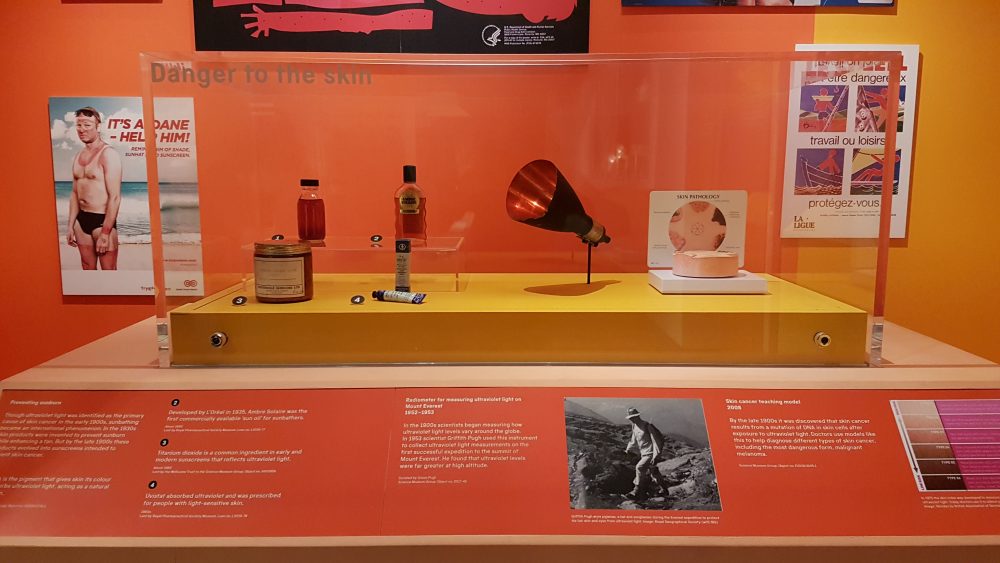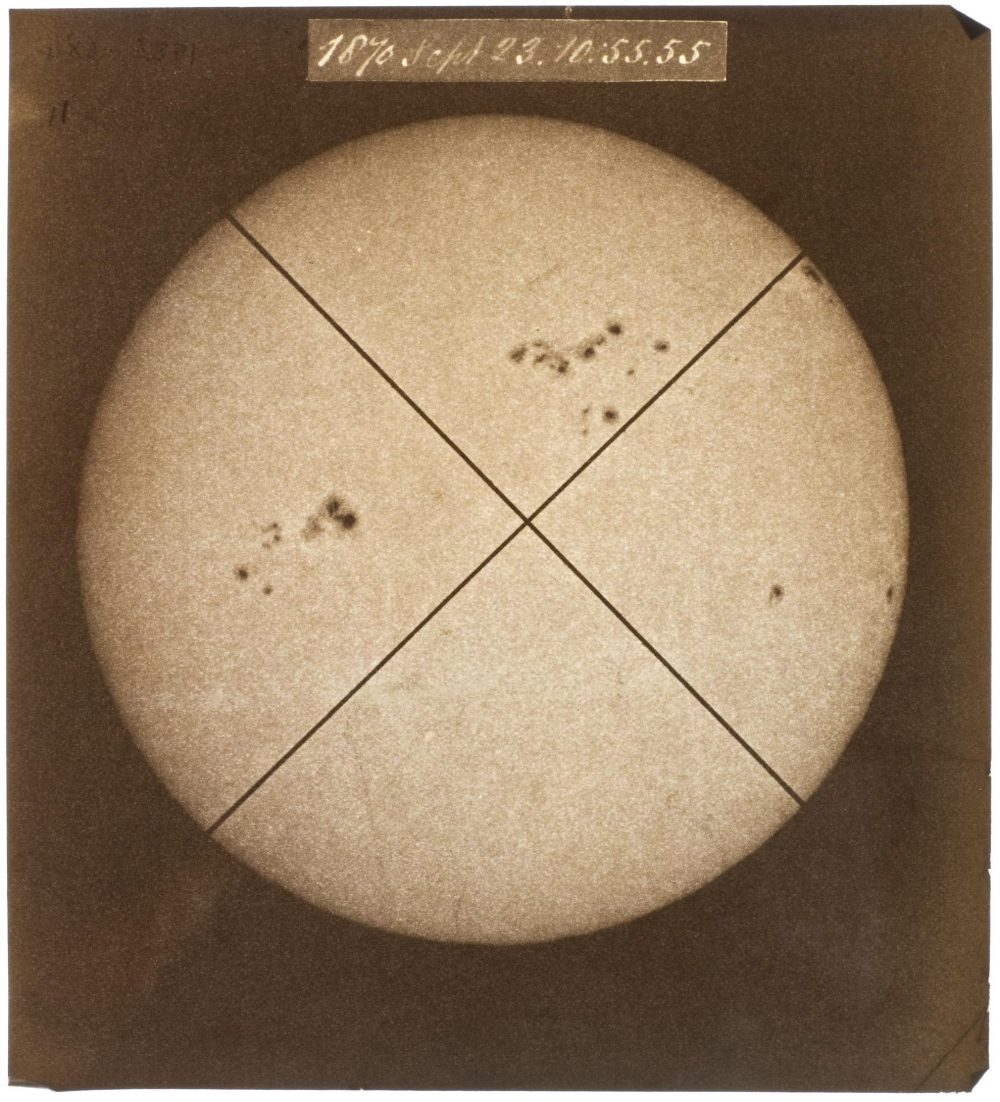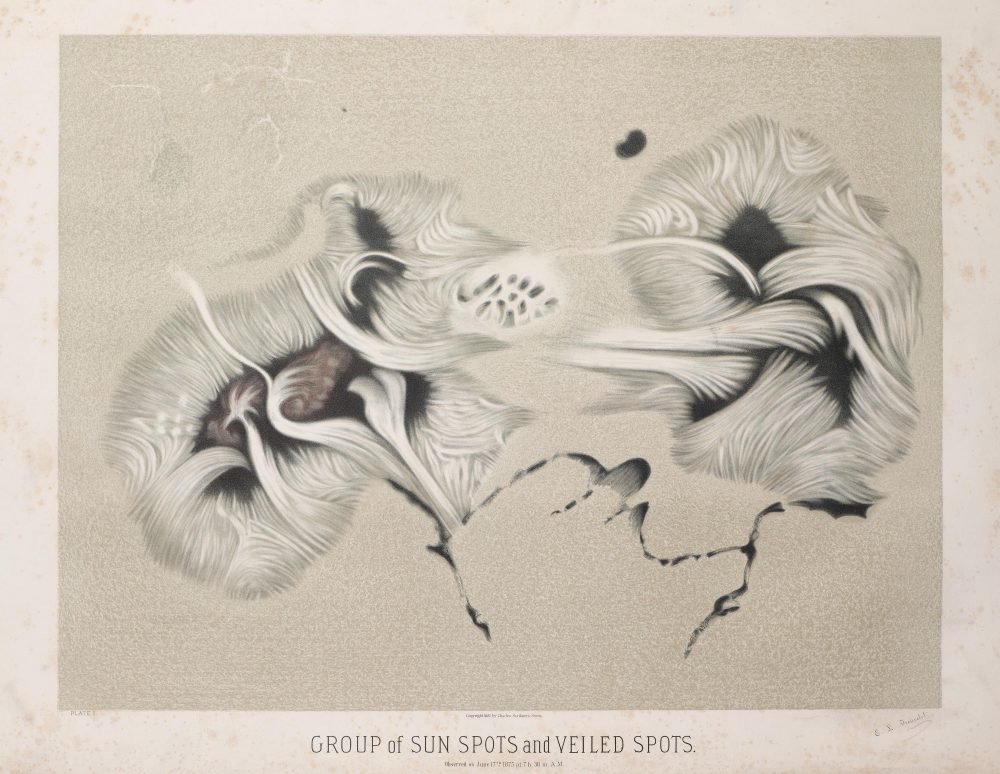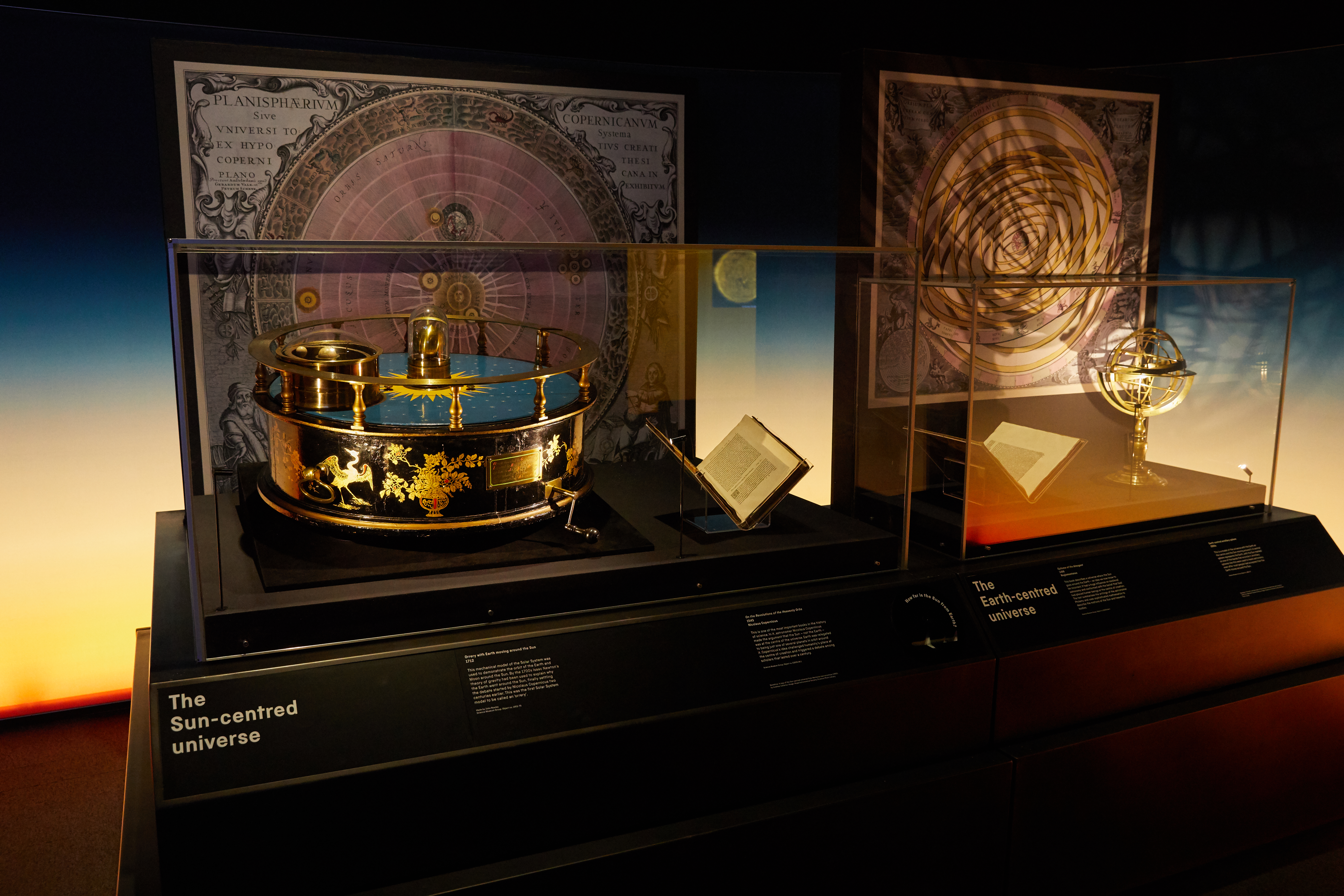Many people have contributed to our understanding of the Sun by observing its activity, studying how it impacts our health and using the Sun as an energy source. With over 150 objects on display in our recent exhibition The Sun: Living With Our Star, each with its own story to tell, we’ve selected just four of those people whose work has shaped our ongoing fascination of our nearest star.
Griffith Pugh, 1909-1994

Griffith Pugh was part of the first successful team to summit Everest in 1953. He used this radiometer to measure ultraviolet light, which has now been donated to the Science Museum by his son Simon.
During the expedition he wore pyjamas, a hat and sunglasses to protect himself from the Sun. The pyjamas served the purpose of being lightweight, covering and stylish – ideal for both trekking in intense ultraviolet and for a reception held by the King of Nepal.
A World Championship skier who was selected to represent Britain in the 1936 Winter Olympics, Pugh was of a fundamentally curious and adventurous nature. He once experimented with the effects of hypothermia by attaching electrodes to his body and submerging himself in an ice bath; from which he had to be rescued by his technician due to paralysis. He was dedicated to exploring how the human body functioned in extreme environments and his scientific findings are invaluable.
Elizabeth Beckley, c. 1846-1927

Elizabeth Beckley was one of the first female employees of an astronomical observatory and a pioneer of her time. Despite her name not appearing on any of Kew Observatory’s annual salary lists, she was occasionally paid £5.
In the 1860s she worked to photograph and analyse the Sun. Her results were used to predict solar winds and to understand the inter-relation between sunspots and magnetic cycles.
Beckley married George Matthew Whipple who also worked at the Kew Observatory. Their son, Robert, became the founding donor of the Whipple Museum of the History of Science in Cambridge.
Étienne Leopold Trouvelot, 1827-1895

Born in France, Étienne Trouvelot, emigrated with his family to the USA following the rise of Napolean Bonaparte in 1851. During his lifetime he produced over 7,000 astronomical illustrations, some of which were featured in the The Sun: Living With Our Star . They also appear on the wall in Star Trek episode, The Menagerie. Before photography became widely used, artistic skill was essential for making scientific observations and Trouvelot was invited to join the staff of the Harvard College Observatory.
He is also notorious for accidentally introducing the gypsy moth into North America. Apparently, he was raising the imported larvae in his home when some escaped. The first gypsy moth outbreak on his street occurred in 1882 – the year Trouvelot returned to live in France. The situation worsened, and residents became alarmed. Sadly, the gypsy moth is very difficult to eradicate and is now one of several foliage feeding insects that cause $868 million in damages a year.
Claudius Ptolemy, c. 100-170

© Jody Kingzett courtesy of the Science Museum
A Roman citizen, who wrote in Greek and lived in Alexandria, Claudius Ptolemy was a brilliant astronomer. His book, the Almagest, uses mathematics to describe the movement of the solar system; with Earth at the centre and the Sun moving around us in a circle. His theory remained the accepted model for over 1400 years.
Today we know that Ptolemy was wrong in his belief of an Earth centred universe. However, he worked with the technology available at the time and his studies were based on accurate observational mathematics. A sobering reminder that all of science is theory based on testable hypotheses striving to reach empirical proof. As technology evolves, what scientific theories could be revealed in the future?
Learn more about humanity’s relationship with our nearest star in this blog series, based on our recent exhibition The Sun: Living With Our Star.